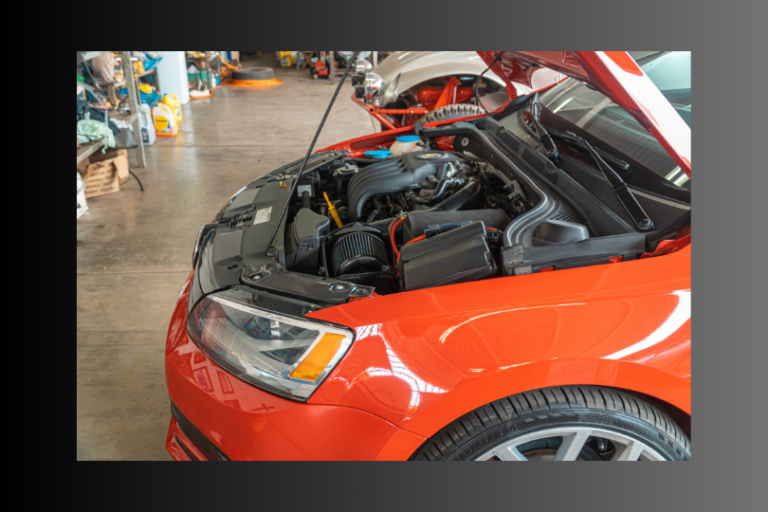
car scratch repair
Introduction
Have you ever sat on your sofa, looked around, and noticed the annoying scratch marks scattered across your beloved furniture? Are you a manager of an office space frustrated by constant repairs and mail-marked office surfaces? Such moments invite crucial questions: Why does this matter? How do these scratches even happen? Can they be repaired or are they inevitable? This comprehensive guide is designed to answer all these questions and shed light on the ways surface material impacts scratch repair strategies.
To delve into the science of surface scratches and repair methodologies, it’s important to understand the different materials that make up your home or office space. From the traditional warmth of timber to the chic minimalism of stainless steel or subtly elegant marble surfaces, each material has different physical properties that affect how it attracts and retains scratches.
Moreover, the material involved not only influences how a surface scratch happens but also dictates the repair strategy. Understanding these material-specific repair procedures can be the dividing line between a long-lasting pristine look and disheveled furnishings. Whether you’re navigating the bustling real estate market as a seasoned property manager, or a zealous homeowner aiming for that plush aesthetic appeal, this guide has got you covered.
Why Surface Material Matters
Understanding the characteristics of different surface materials will provide insight into why they get scratched, how to prevent scratches, and how best to repair them. For example, a hardwood surface would react differently to the same impact as a marble or metallic surface. The hardness, density, and flexibility of the material directly influence its susceptibility to scratches and consequently, its maintenance needs.
What Makes a Material More Susceptible to Scratches?
With materials ranging from wood, stone, and metal, to glass, each one has unique characteristics that make them more or less susceptible to scratches. Properties such as hardness, density, and elasticity play a crucial role in determining a material’s vulnerability to wear and tear. Identifying these inherent traits will guide you to make informed decisions when selecting materials for your spaces.
When to Repair Scratched Surfaces?
Knowing when to repair a scratched surface can make the difference between a simple touch-up and an expensive replacement. To determine the right time to perform a repair, it’s essential to consider the depth of the scratch, the value of the material, and the overall aesthetic quality of the space.
Who Can Do Surface Material Scratch Repairs?
Surface material scratch repairs can be done by professionals or through do-it-yourself methods depending on the nature of the scratch and the material involved. However, for a seamless repair and to avoid further damage, it is often recommended to hire professionals.
Pros and Cons of Various Repair Strategies
Not all scratch repair strategies are created equal. Each comes with its own set of advantages and limitations. For instance, while DIY repairs can be cost-effective, they may not provide the same level of finish as professional services. On the other hand, while professional repair services guarantee superior results, they may be considerably expensive.
The Role of Surface Material in Defining Repair Strategies
The type of surface material significantly influences the scratch repair Mornington strategy. Repair procedures for materials like hardwood, marble, or stainless steel differ markedly due to their inherent physical properties. Hence, understanding these distinctions is crucial in choosing the right repair strategy.
CONCLUSION:
Scratch marks can create a visual eyesore and undermine the aesthetics of your space. However, with an understanding of the relationship between the surface material and repair strategies, you can make informed decisions on material selection, preventive measures, and repair methodologies. Whether you opt for professional services or decide to embark on a DIY journey, remember, that the key to maintaining the appeal of any surface is regular care and timely intervention. It’s about learning to work with materials, understanding their strengths, and flawlessly blending repair strategies into their care. Armed with the insights from this guide, you are well on your way to maintaining a scratch-free lifestyle. Happy repairing!






